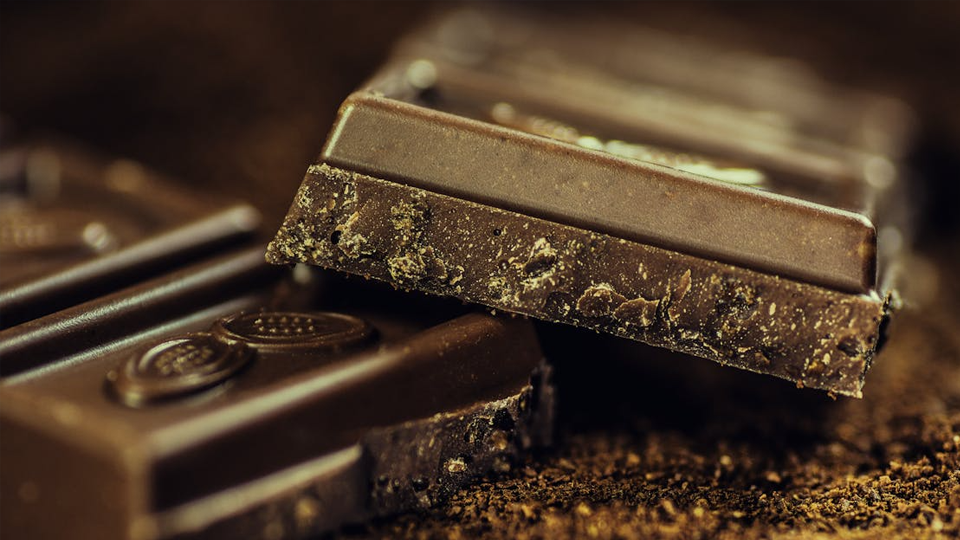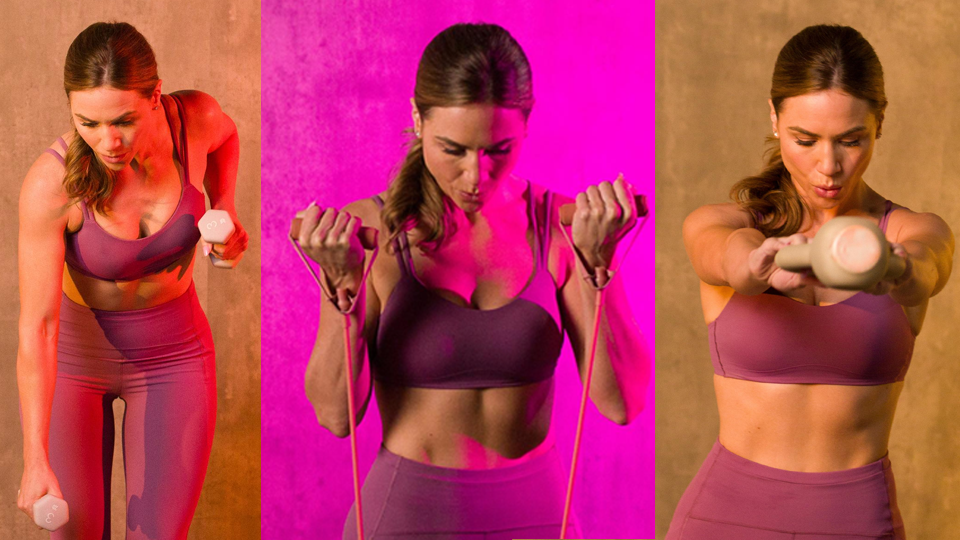There’s a lot more to aging than just getting older. There are familiar visible signs of aging, like greying hair and wrinkles but also many changes that happen below the surface at the level of your cells.
It might surprise you to learn that scientists don’t yet fully understand all the details of the aging process or even why we age as we do. However, one aspect of aging where experts agree is that certain factors clearly impact how well you age.
Your diet, lifestyle, and environmental exposures like pollution or UV light from the sun are some of the most substantial factors that can accelerate the negative effects of aging (1). One thing that these factors share is that they can generate free radicals and increase oxidative stress in the body (2-3).
What are free radicals?
Free radicals are unstable and highly reactive molecules that cause damage to your cells. They are formed as a byproduct of normal metabolism, but they can also be created by exposure to smoking and air pollutants, UV light from the sun, excess alcohol consumption, certain foods, and many other stressors (1-3).
Free radicals contain an atom that has an unpaired electron which is what makes them so unstable and reactive. They cause damage by “stealing” electrons from the structures within your cells in a process known as oxidation. Free radicals can damage practically any part of your cells, including proteins, cell membranes, and even your DNA. Once a free radical is formed, it can create a cascade of damage since stealing an electron from another atom can create a new free radical that then steals another electron, and so on until the cycle is interrupted.
Antioxidants Protect Cells
Unchecked, free radicals can be very damaging to the components that make up your cells. Thankfully, our cells have a way of shutting down free radicals before they can cause serious damage—antioxidants. An antioxidant is a substance that can safely donate an electron to a free radical, making the free radical safe and non-reactive without being damaged in the process.
Our cells naturally produce their own system of powerful antioxidants to prevent damage from free radicals, but we also need to consume antioxidant nutrients to keep this system working properly and provide broad protection for cells. Essential antioxidant nutrients include vitamins A, C, and E and the mineral selenium. Plant foods supply many other phytonutrient compounds that support the body’s antioxidant defense systems, like flavonoids in blueberries or lycopene in tomatoes, for example. Different antioxidant nutrients help to combat different types of free radicals in different parts of your cells, so getting a variety of antioxidant nutrients provides the broadest protection.
Oxidative Stress and Aging
The body has a powerful system of internal defenses that are aided by nutrients in your diet, but sometimes antioxidants can’t keep up with free radical generation. Oxidative stress occurs when free radicles are out of balance with antioxidants within your cells.
Free radicals that escape your body’s antioxidant defenses go on to cause damage within your cells, and this damage accumulates over time. As the inner workings of cells become increasingly damaged, they can’t function as well. Oxidative stress contributes to changes you can see like grey hair and wrinkles but also contributes to changes that are less visible, like age-related changes in cardiovascular health (4-6).
Protect Your Cells for Healthful Aging
Unlike many other aspects of aging, there’s a lot you can do to reduce the impact of oxidative stress on your cells. One of the most important ways to protect your cells from accelerated aging is to limit your exposure to preventable causes of oxidative stress, including cigarette smoke and excessive exposure to UV rays from the sun (1). Good nutrition not only supports and maintains your cells’ natural antioxidant systems but also can provide broader cellular protection with phytonutrients from plant-based foods.
There’s a lot more to aging than simply getting older but supporting your body’s antioxidant defenses can protect your cells at any age.
References
- Vatner SF, Zhang J, Oydanich M, Berkman T, Naftalovich R, Vatner DE. Healthful aging mediated by inhibition of oxidative stress. Ageing Res Rev. 2020;64:101194. doi:10.1016/j.arr.2020.101194
- Liguori I, Russo G, Curcio F, Bulli G, Aran L, Della-Morte D, Gargiulo G, Testa G, Cacciatore F, Bonaduce D, Abete P. Oxidative stress, aging, and diseases. Clin Interv Aging. 2018 Apr 26;13:757-772. doi: 10.2147/CIA.S158513.
- Finkel T, Holbrook NJ. Oxidants, oxidative stress and the biology of aging. Nature. 2000;408(6809):239-247. doi:10.1038/35041687
- Seiberg M. Age-induced hair greying – the multiple effects of oxidative stress. Int J Cosmet Sci. 2013;35(6):532-538. doi:10.1111/ics.12090
- Rinnerthaler M, Bischof J, Streubel MK, Trost A, Richter K. Oxidative stress in aging human skin. Biomolecules. 2015;5(2):545-589. Published 2015 Apr 21. doi:10.3390/biom5020545
- García N, Zazueta C, Aguilera-Aguirre L. Oxidative Stress and Inflammation in Cardiovascular Disease. Oxid Med Cell Longev. 2017;2017:5853238. doi: 10.1155/2017/5853238.





